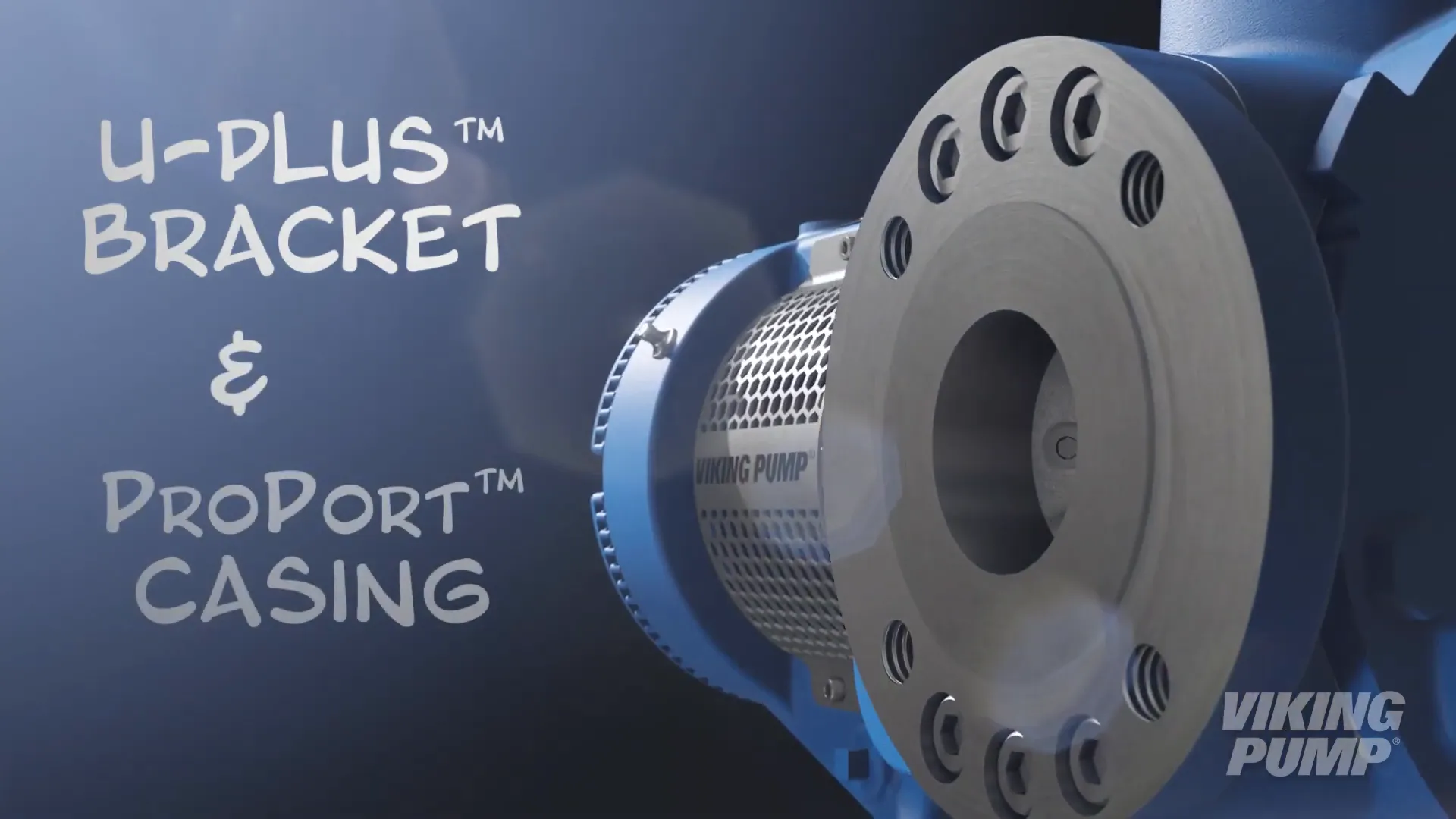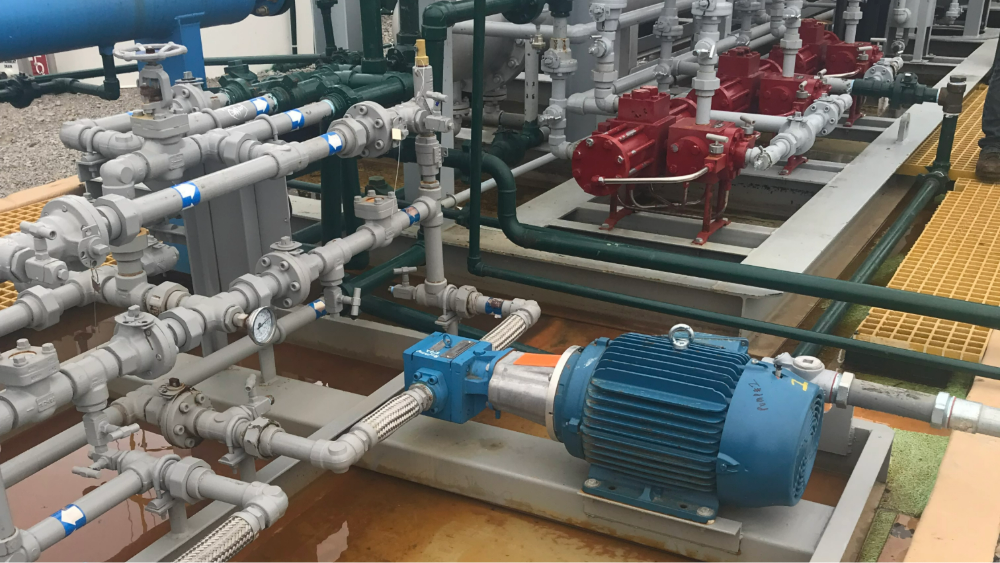895, 893, & 897 Series™ MagDrive Internal Gear Pump Repair
Welcome! In this video we will guide you through the disassembly and reassembly of Viking Pump’s 893, 895, and 897 Series™ mag drive internal gear pumps.
This video applies to these pump models: GG893, HJ893, HL893, AS893, AK893, AL893, GG895, HJ895, HL895, AS895, AK895, AL895, GG897, HJ897, HL897, AS897, AK897, AL897

